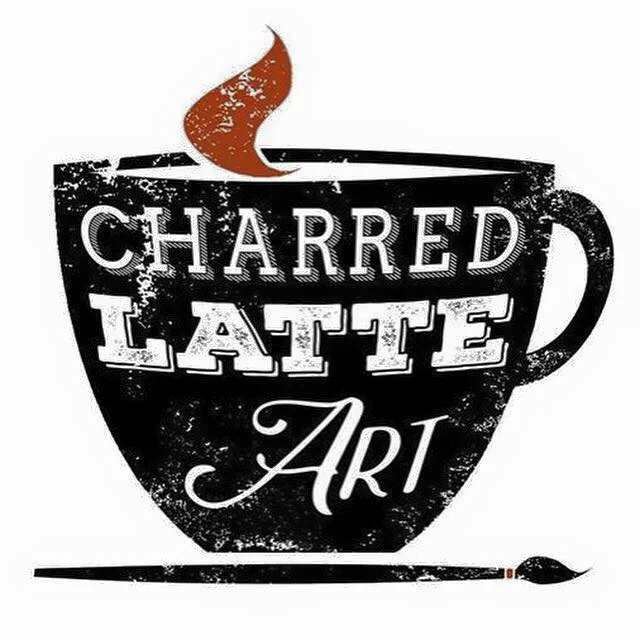Dali is famous for traditional Bai tie-dying, especially the village of Zhoucheng. Zhoucheng is nestled up in the mountains along the shore of Erhai lake. In 2006, the Ministry of Culture named Zhoucheng the “National Tie-dying Hometown” and made the dying practice a state-level intangible cultural heritage site. The town is 15 minutes down the road from Xizhou and we took a local bus in class one day to learn tie-dying.
We visited the Lanxu Eco-Culture Development Center and learned about local dye production from an employee named Jake. Jake told us that dyes are made from many local plants, such as gardenia flowers, pomegranate rinds and indigo. The materials are all harvested at different points of the year and carefully prepared. The gardenia pods must be boiled for several days to get the rich yellow color they use for dyeing. Indigo is boiled and then allowed to sit for three years to get a rich blue color.
Indigo dyed fabric from the Lanxu Eco-Culture Development Center.
To make designs on the cloth Jake gave us, we either stitched patterns into the fabric and pulled the strings tight to create white spots, or folded the fabric into free-style patterns. Once our fabric scraps were ready, we put on gloves and aprons and held our creations in large vats of indigo dye.
The chemical in indigo that produces dye, called indicant, readily hydrolyzes to β-D-glucose and indoxyl. Oxidation by exposure to air converts indoxyl to indigo. Indican was obtained from the processing of the plant's leaves, which contain as much as 0.2–0.8% of this compound. The leaves were soaked in water and fermented to convert the glycoside indican present in the plant to the blue dye indigotin.
The pools of dye are a dark green color with bits of leaf floating on the surface. You hold the fabric in the dye for different lengths of time to get the desired color. Once we were satisfied, we pulled the fabric out and quickly washed out the dye. The indoxyl turns blue with contact with air and we were able to take our creations home and hang them up to dry. India was a primary supplier of indigo to Europe as early as the Greco-Roman era. The association of India with indigo is reflected in the Greek word for the dye, indikón. This passed into English as indigo. In China, they use a different plant variety that produces the same color, so the dye is not technically indigo. The chemical is the same.
Jake let me take some indigo and gardenia dye home to experiment with. I painted this painting of the village with indigo dye, gardenia dye, and soil from the mountain.


